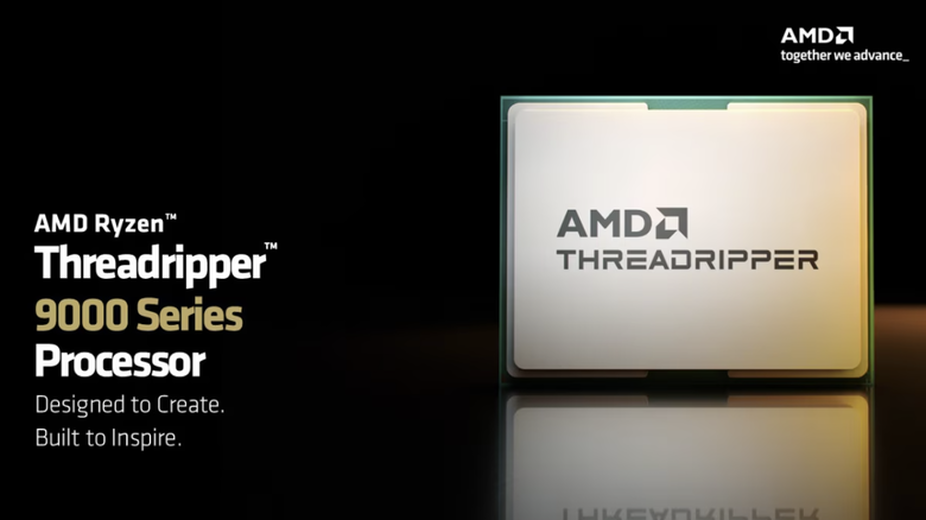cplay 5/28 出了最新版,除了原本的SRC Resampler之外,又多加了SoX模式可使用
喜歡高於foobar音質的電腦訊源,試試看這版吧...
下載點:
http://sourceforge.net/projects/cplay/
以下為相關操作與設定原理:
http://www.audioasylum.com/forums/pcaudio/messages/3/31286.html
For some changes to take effect (ASIO, Buffer, AWE and Output Rate), a restart is required. ASIO changes (from cPlay or external) will cause cPlay to stop (and a restart is required). This is an important safety measure.
When changing rates (e.g. 96 to 44.1), some ASIO soundcards will re-map its channels – cPlay tries to detect this (depending on ASIO driver) and informs you to reset left & right channels. Why? Soundcards using the ADAT interface use channel multiplexing (i.e. 96k gives 2x48k...) hence channels change with rate.
cMP setting disables file browse button (to prevent indefinite waits in cMP²).
Buffer
"DSP Buffer" at Auto (default), Small, Medium or Large is provided. Small sets parameters as per cPlay 1.1, Medium as cPlay 1.0 and Auto selects parameters based on output rate.
Guidance: CPUs with 2MB+ L2 cache, use Auto setting. Small is ideal for high output rates (above 96k) whilst Medium is best for 96k or lower. On CPUs offering less than 2MB L2 cache, Small is recommended for all output rates. 'Large' buffer setting is used by Auto when output rate is 48k or less. Processors with L2 cache size larger than 2MB, its worth testing Medium and Large settings (for any output rate).
These buffer sizes work best with low ASIO buffer or latency setting (less than 512 samples).
Resampler
Phase (0-100)
All resamplers use filters that can sometimes create `echo' (a.k.a. `ringing') artefacts with transient signals such as those that occur with `finger snaps' or other highly percussive sounds. Such artefacts are much more noticable to the human ear if they occur before the transient (`pre-echo') than if they occur after it (`post-echo'). Note that frequency of any such artefacts is related to the smaller of the original and new sampling rates but that if this is at least 44.1kHz, then the artefacts will lie outside the range of human hearing.
A phase response setting may be used to control the distribution of any transient echo between `pre' and `post': with minimum phase (0), there is no pre-echo but the longest post-echo; with linear phase (50), pre and post echo are in equal amounts (in signal terms, but not audibility terms); the intermediate phase (25) setting attempts to find the best compromise by selecting a small length (and level) of pre-echo and a medium lengthed post-echo. Note that phase responses between `linear' (50) and `maximum' (50..100) are rarely useful.
Bandwidth (90-99.7%)
Band-width is the percentage of the audio frequency band that is preserved. A resampler's band-width setting determines how much of the frequency content of the original signal (w.r.t. the orignal sample rate when up-sampling, or the new sample rate when down-sampling) is preserved during conversion. The term `pass-band' is used to refer to all frequencies up to the band-width point (e.g. for 44.1kHz sampling rate, and a resampling band-width of 95%, the pass-band represents frequencies from 0Hz (D.C.) to circa 21kHz). Increasing the resampler's band-width results in a slower conversion and can increase transient echo artefacts (and vice versa).
The -s `steep filter' option (99.0% bandwidth) changes resampling band-width from the default 95% (based on the 3dB point), to 99%. Band-width values greater than 99% are not recommended for normal use as they can cause excessive transient echo.
(Above Bandwidth) Aliasing
Aliasing above the pass-band is allowed. For example, with 44.1kHz sampling rate, and a resampling band-width of 95%, this means that frequency content above 21kHz can be distorted; however, since this is above the pass-band (i.e. above the highest frequency of interest/audibility), this may not be a problem. The benefits of allowing aliasing are reduced processing time, and reduced (by almost half) transient echo artefacts.
More details and measurements is available under cPlay 2.0b26 Release Notes.
http://www.asio4all.com/
利用KS來模擬ASIO,一般音效卡也可以模擬ASIO
音質是否和純ASIO有出入就不得而知了,抱歉小弟的錄音卡本身就有支援ASIO2
只支援CUE,WAV,FLAC ??
網路上的"無失真壓縮"檔案還是差強人意,小弟寧可去買CD回來自己用老光碟機抓音軌(用DVD去抓音軌還是有差)
當自己抓音軌的,自然出來就是WAV,所以沒這問題.....
至於APE,WV,TTA,當然還是用FOOBAR配KS,WASAPI,ASIO去播放
這部分的使用方式不牴觸吧.....
另有一套WAVELAB,音質最好,但是更難用,根本就沒有支援CUE。CPLAY已經是很折衷了.....
單純以音質來比較,WAVELAB 100分的話,CPLAY95分,FOOBAR 80分
我去他們網站看了看他的相關資訊
我承認他的Resampling或許比foobar2000更好(foobar似乎沒有提供相關資訊)
但是 假設你的音效卡可以直接輸出好比說44.1kHz不過SRC
那似乎就沒法在這項目取得任何優勢
再來就是高精度的音量控制
很抱歉這也對音量總是開100%的人似乎沒有任何用處
至少我要調就是調喇叭的(抱歉不夠發燒 還是用便宜的主動式喇叭)
最後就是可以把整個音樂檔LOAD進RAM裡面來撥
我承認這或許有助於降低延遲
但是假如你耳朵可以分辨的出來請告訴我一聲
我相信不是你的電腦太砲
就是你的金耳朵可以分出任何無損壓縮和WAV的差別(老實說我認為沒有差別)
P.S.我意思是 你可以聽出解無損壓縮所造成的延遲(如果真的存在)
=================================================================
所以總結來說
除非上面所述的有重大錯誤
亦或是其實他有我沒看到的特異功能
不然在現階段我看不出來什麼叫做[音質比foobar好]
可否有個人出來解釋一下他好是好在哪?支持這樣比較好的基礎理論在哪?
當然我也承認他的Resampling或許比較好
但是就如同上面所述 一張不過SRC的音效卡應該不會難找吧?


































































































